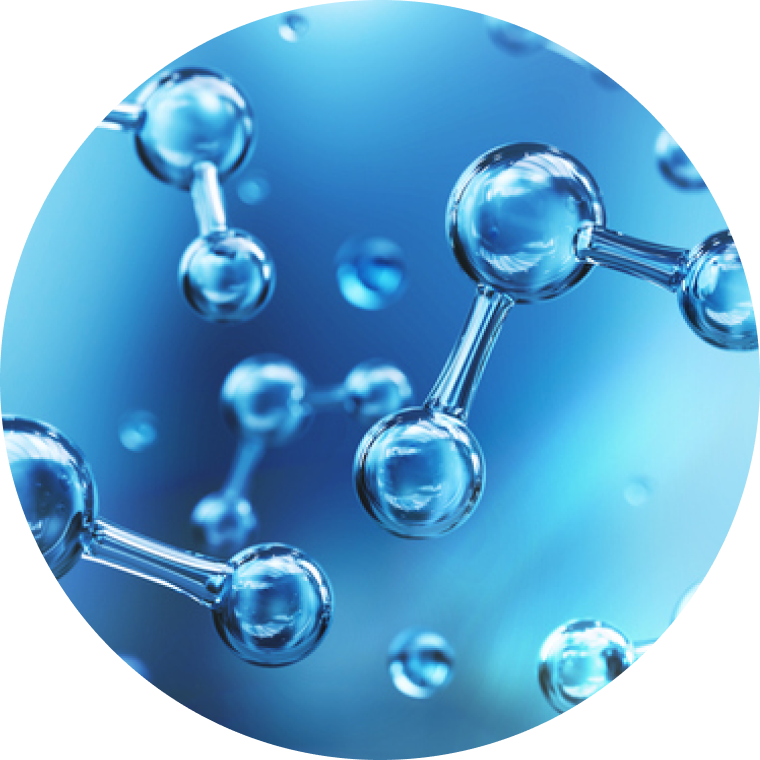What Is Scientific Data Visualization?
Scientific data visualization is the process of converting often large and complex data sets into easily understandable and actionable states.
Why Is Visualization Important in Science?
Scientific data is only useful following analysis and interpretation, which require its conversion from raw form to one in which one or more elements have been extracted and related. Most often, the best way of understanding such relationships is through visualization.
This visualization can:
Be a form as simple as a hand-plotted graph.
Use more sophisticated digital visualization tools.
Regardless of the mode of visualization, it is a necessary step in understanding and communicating scientific data to achieve desired outcomes.
Why You Need Data Visualization Software
Typically, more data will lead to better insights. However, the collection and analysis of numerous data sets can make it difficult to interpret and communicate data. While the quantity and integrity of data is fundamental, data is of no value without analysis and interpretation.
Data visualization software helps scientists better understand and convey the insights from data because they:
Highlight relationships that may have gone unnoticed otherwise.
Help to understand the significance of the connections.
Communicating findings in an easier and more effective way.
Furthermore, modern visualization tools go beyond just data interpretation and presentation but can also incorporate external data sources as well as more sophisticated software to uncover other unexplored relationships that may further improve data-driven decision-making.
Benefits of Data Visualization Tools
Here are the top benefits of data visualization tools:
Allowing for easy emphasis on the bigger picture and for recognition of fundamental trends and relationships.
Helping to make informed decisions, as the visualizations are founded on quantitative figures and metrics.
Enabling regular tracking over ever-longer periods for the generation of further critical information.



